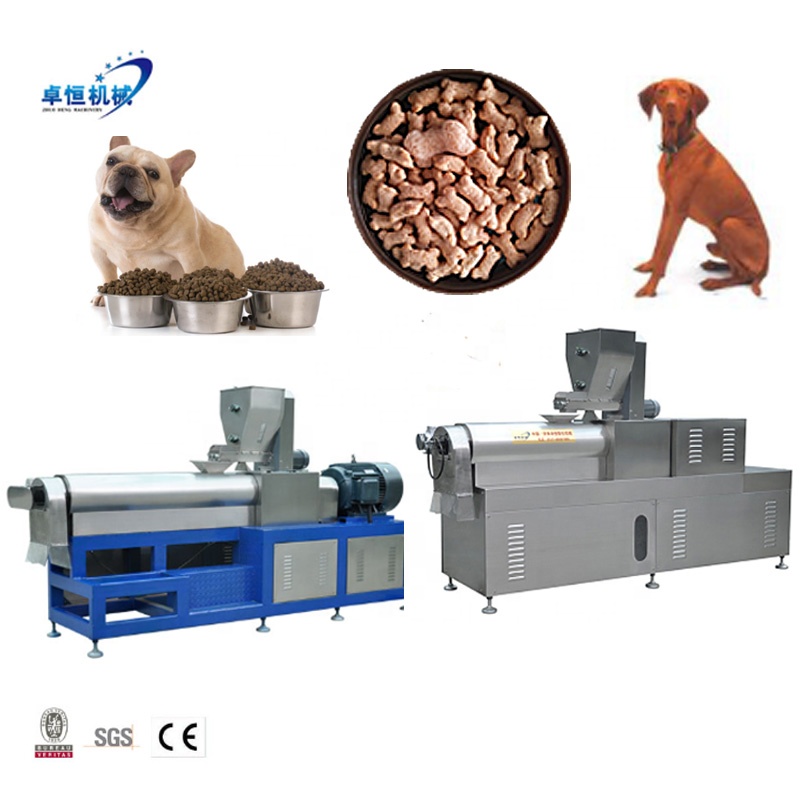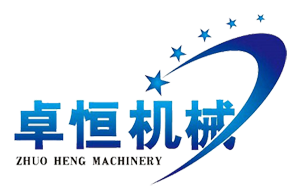Exploring the Wet Pet Food Production Line: A Comprehensive Guide
In recent years, the pet food industry has witnessed a significant rise in the demand for wet pet food. Pet owners are increasingly opting for convenient, nutritious, and flavorful options for their furry companions. This surge in popularity has led to the development of advanced wet pet food production lines. In this article, we will delve into the intricacies of the wet pet food production line, exploring its components, processes, and benefits.
Understanding Wet Pet Food: Wet pet food is a type of pet food that contains higher moisture content compared to dry kibble. It typically comprises a blend of meat, vegetables, grains, and other ingredients. This moist texture enhances palatability, making it an appealing choice for pets.
Components of a Wet Pet Food Production Line: a) Raw Material Handling: The production line starts with the handling of raw materials such as meat, vegetables, and grains. These materials undergo stringent quality checks before entering the manufacturing process.
b) Mixing and Grinding: The raw materials are mixed and ground to achieve the desired consistency. This process ensures the even distribution of ingredients, creating a balanced and nutritious product.
c) Cooking: The mixture is cooked at controlled temperatures to eliminate harmful bacteria, enhance taste, and improve digestibility. The cooking process depends on the specific recipe and may involve high-pressure processing or steam cooking.
d) Packaging: Once the cooking process is complete, the wet pet food is transferred to packaging units. These units employ automated technology to fill and seal the product in various formats such as cans, pouches, or trays.
e) Sterilization: To ensure long shelf life and maintain product integrity, some wet pet food production lines incorporate sterilization techniques. This step involves subjecting the packaged products to heat treatment or other preservation methods.
f) Quality Control: Throughout the production line, strict quality control measures are implemented to monitor and assess product consistency, safety, and nutritional value. These measures help maintain high standards and meet regulatory requirements.
Advantages of Wet Pet Food Production Line: a) Enhanced Palatability: Wet pet food production lines focus on creating flavorsome recipes that entice pets. The higher moisture content contributes to a more appealing texture and taste, making it easier for pets with dental issues or picky eating habits.
b) Increased Nutritional Value: Wet pet food often contains higher protein content and fewer carbohydrates compared to dry kibble. This helps meet the specific dietary needs of different pets.
c) Hydration: The increased moisture content in wet pet food contributes to better hydration, especially for pets that may not consume adequate water individually.
d) Customization: Wet pet food production lines offer flexibility in recipe formulation, allowing manufacturers to cater to specific dietary requirements, allergies, or preferences of pets.
e) Convenience: Pre-packaged wet pet food provides pet owners with a hassle-free feeding solution. Portion control and easy storage make it a convenient choice for pet caretakers.
Conclusion:
The wet pet food production line plays a pivotal role in meeting the growing demand for nutritious and palatable pet food options. With its efficient processes, stringent quality control, and customization capabilities, the production line ensures the creation of high-quality products that cater to the unique needs of pets. As the pet food industry continues to evolve, the wet pet food production line remains at the forefront of innovation, offering diverse choices for pet owners worldwide.

